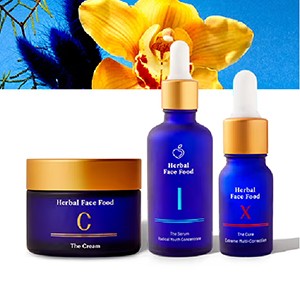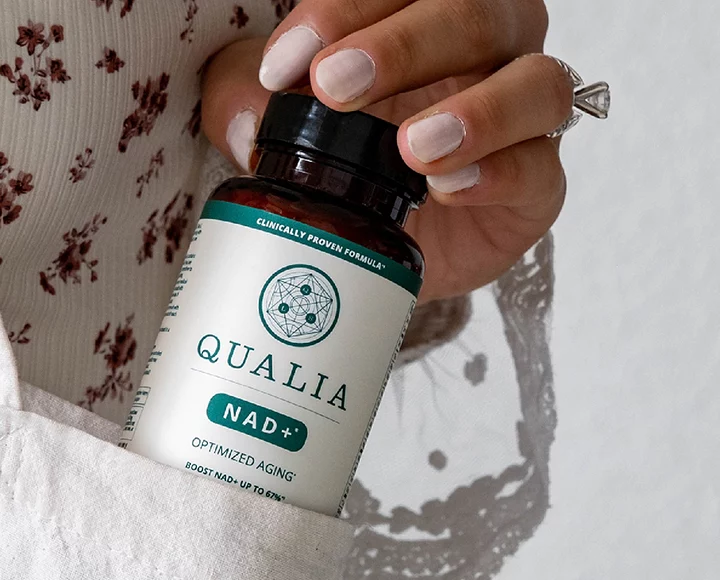ou Are you in charge of your cravings or are they in charge of you? Just because we can’t always control food cravings doesn’t mean they’re the enemy — in fact, there’s clinical proof that we can actively change our cravings. We recently learned about the fascinating science from an Instagram post by Beauty editor turned health coach and author we love, Jolene Hart, and needed to share! Jolene teaches her clients to leverage the brain’s neuroplasticity to rewire thoughts and habits related to cravings. Shake up your perception of food cravings and take back your power with simple tips like these…
Poor food cravings, they get such a bad rap. How often do we tell ourselves that our cravings are unwarranted, that their mere presence is a sign of weakness or that yielding to them is a disappointment? The even bigger issue with struggling to control food cravings is their negative perception; feeling shame over food desires is part of the harmful self-talk that keeps us in less-than-ideal food relationships.
Photo Credit: Sweet Laurel Bakery
You aren’t weak, misguided or destined to fall short of your health goals because of food cravings. On the contrary, cravings can be viewed as a sign of strong body awareness; they’re an opportunity to make sure that your body is truly getting everything it needs, and, as a Tufts University study suggests, they’re a chance for you to choose for yourself what you will crave.
How To Control Food Cravings
If cravings are less than welcome in your life at present, it may be time to rethink them. Start with these three ways to take the negativity out of cravings and make them wellness allies:
Release yourself from cravings by eating to feel satiated | I get it — some cravings come at you like a siren song leading you exactly where you’re trying not to go. But there’s usually a reason. Cravings for quick hits of sugar and simple carbs often happen when your blood sugar is out of balance. Cravings that lead you to greasy, fried foods or extra portions frequently crop up when your body isn’t fully satiated.
Without the protein, healthy fats and abundant colorful produce (a source of filling fiber) on your plate at each meal, your mind and stomach have no recourse but to crave until they’re satisfied — so make sure you’re giving your body what it needs. Starting with breakfast, a practice combining protein, healthy fats and your favorite produce, aiming for colorful fruits and/or veggies at each meal. Watch how you feel after eating, and in the ensuing hours as you digest. You should begin to notice a feeling of fullness, satisfaction and the absence of cravings for a few hours after a meal.
Treat cravings as intuition | I don’t believe that cravings need to be mastered, fought or resisted. They do however deserve your attention because they’re most definitely telling you something useful about your body. If you’re still feeling cravings after eating a balanced meal with those three essential elements (see above), get a little bit reflective about the information that your cravings might it be offering you. Could food cravings even be a desire for something that’s unrelated to food, like an emotional release, rest or physical activity? Look for the wisdom in what you crave, and then decide whether or not to honor them.
Create your own cravings | Still not friends with your cravings? Perhaps you can change them. A Tufts University/Massachusetts General Hospital study documented that it’s possible to replace addiction to certain foods (characterized as unhealthy, like fries and fried chicken) with a desire for healthy foods (like salmon and sweet potato). Using MRI imaging, the study documented changes in the brain’s reward response to healthy foods over a 6-month period, showing that study participants began to associate reward and enjoyment with healthy food while decreasing their desires for their less-than-healthy counterparts. One study co-author argues that we aren’t born loving French fries, rather, this is learned behavior that we can reprogram.
The big takeaway here is that there’s always an opportunity to change your brain, thanks to neuroplasticity that enables you to rewire your thoughts and habits. Start now and six months from now your cravings could help you meet your daily quota for leafy greens, stay better hydrated or load up on beauty foods, rather than lure you into a convenience store for a pint of Ben & Jerry’s. But — all that said — the next time you do decide to go for that pint, own it. Enjoy every bite. And be proud that you, not your cravings, are the one in charge.
Discover more brilliantly holistic tips for learning to control food cravings here.












